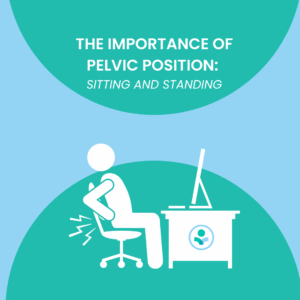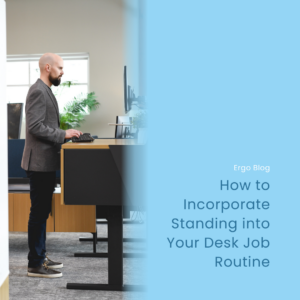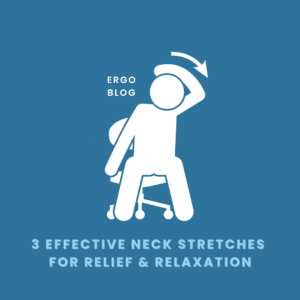Updated: Oct 5, 2023
What are the 3 Main Risk Factors Associated with Ergonomics?
Knowing the risk factors associated with ergonomics can help reduce the chance of developing a musculoskeletal disorder (MSD). Ergonomic risk factors are workplace situations that cause wear and tear on the body and can cause injury. There are several risk factors responsible for developing an MSD but the main three are:
- Forceful exertions
- Repetitive/sustained awkward postures
- High task repetition
1. Forceful Exertions
High force could mean heavy pushing, pulling, lifting, carrying and gripping. This requires extra loads on the human body. When high forces are required, muscle effort increases and can therefore lead to fatigue.
Solutions:
- Use ergonomic equipment and tools
- Use your current equipment, such as carts
- Use a team lift
- Stretch break
Be sure to use safe lifting techniques and keep items within your comfort zone as much as possible.
2. Repetitive/Sustained Awkward Postures
An awkward posture is a position outside of a neutral seated and standing position. Generally, the further your limbs and head are from your neutral spine, the more awkward your posture could be. For example, reaching overhead and below the knees are both awkward postures. Awkward postures place additional force on joints and cause the muscles and tendons around the affected joint to work harder. When joints are placed outside of their mid-range position repetitively or for long durations of time without adequate recovery time the risk for an MSD increases.
Solutions:
- Use ergonomic equipment and tools
- Educational training on correct form and technique
- Rotate jobs
- Stretch break
3. High Task Repetition
Task repetition can take place when a specific task is repeated throughout the workday, often controlled by daily production goals and processes. High task repetition can also be combined with the first two risk factors; forceful exertions and awkward postures. Generally, a job task is considered highly repetitive if the cycle is 30 seconds or less.
Solutions:
- Educational training on correct form and technique
- Rotate jobs
- Stretch break
Other risk factors include a stationary position, contact stress, vibrations, extreme temperatures, noise, and work stress. Multiple risk factors increase the risk of developing an MSD.
Knowing and understanding ergonomic risk factors is one of the first steps to take to avoid an MSD. Addressing the concerns is a team effort to provide a safe place for workers.
Check out our YouTube video below for a visual representation of the blog!



